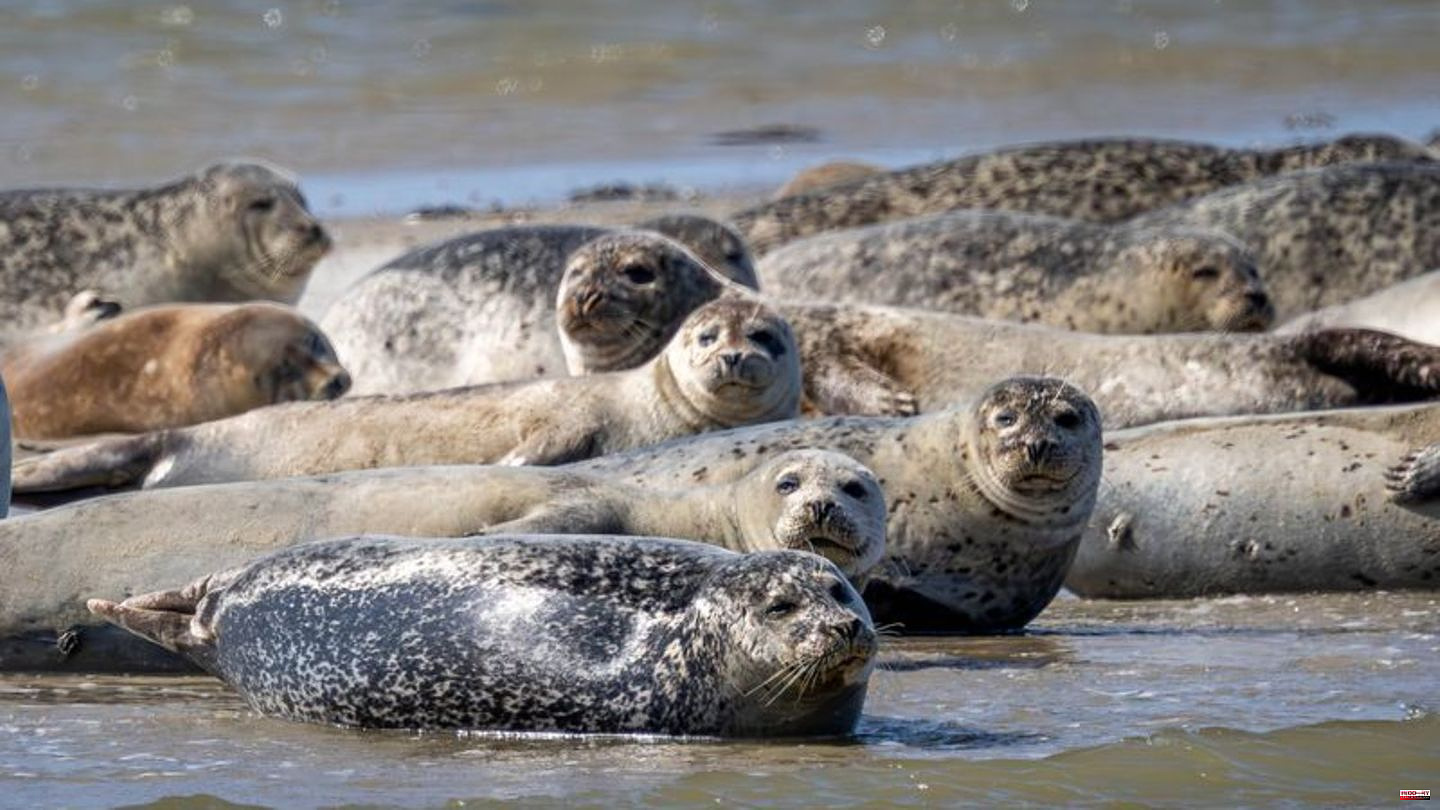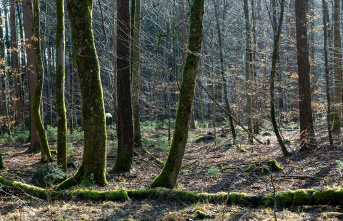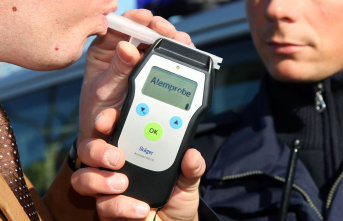There's another group down there: "A little further to the right," Ole Stejskal instructs the pilot, who steers the small plane along one of the many sandbanks in the Wadden Sea. Below in the sand 30-40 gray, brownish or light spots - seals. And some spots very small - newborn puppies. As every summer, the seals in the Wadden Sea are captured from the air.
It should be determined as reliably as possible whether the population of marine mammals is stable. The 15 control flights began on Friday on the Lower Saxony coast. There will be five flights each from Emden, Mariensiel and Nordholz airfields until August 23rd.
23,650 animals recorded last year
Schleswig-Holstein and the North Sea states of the Netherlands and Denmark also count under the international seal protection agreement. In 2022, 23,650 harbor seals were recorded along the North Sea coast lying on sandbanks at low tide. According to the State Office for Consumer Protection and Food Safety (Laves), there were 8,720 animals in Lower Saxony. The actual population is higher because about a third of the seals are always swimming in the water.
The seal pups can be recognized by their whitish fur. There aren't many yet. The whelping season has only just begun and is heading towards its peak at the end of June. The five flights over three months therefore served different purposes, explains Stejskal: first of all, the increase in the young animal population is determined, and later in August, after the fur change, the total number of seals.
In Lower Saxony, the population of seals has been systematically recorded since 1958. "This is a unique set of data," says wildlife specialist Ursula Siebert from the University of Veterinary Medicine in Hanover. The curve shows the low of just over 1000 seals in the mid-1970s, the cuts due to disease. "One experience is that the seal populations have always recovered faster than we thought after the virus epidemics."
Stejskal and Siebert say that the population of seals can be seen as an indicator of the quality of the Wadden Sea habitat. So if the piscivore is fine, is the food chain okay? The increase in a population alone is not enough as an indicator, says Professor Siebert. "We need to look deeper."
juniors disappear
For example, she is concerned about the loss of newborn animals, the total number is not growing accordingly. "Young animals are disappearing disproportionately." And there is little information about what is happening to them. Last year, the total stock fell for the first time since 2011 - all still within the range of natural fluctuations, as they say. But the experts are concerned: could a natural limit for the seal population have been reached in the Wadden Sea? But that is only one possible answer.
Seals migrate a lot, the entire North Sea is their hunting ground, and the experts are concerned about the expansion of wind energy. "The construction of offshore parks poses a great risk to marine mammals," says Siebert. Old munitions that have to be blown up are stored in many sea areas. The erection of the wind turbines makes noise under water, there is more shipping traffic. "In comparison, the Wadden Sea is a quiet retreat for the animals."












